As one of the original players in the luxury SUV market, we’d often speculated about when Lamborghini would rejoin the fray. Ever since the LM002 “Rambo Lambo” arrived at the 1986 Brussels Auto Show, the Italian manufacturer instantly made waves in the off-road scene.
Unfortunately, the 450hp V12 Quattrovalvole engine made it incredibly thirsty, even with a lower compression than the sports car. It also wasn’t the greatest off-roader ever built, despite receiving orders from Sheikhs and militaries around the world.
Once Bentley announced its intention to build an SUV, we can only assume somebody at Automobili Lamborghini decided that was the last straw. So the Beijing Motor Show was used as the venue to unveil the Lamborghini Urus concept car.
Boasting 600hp in order to put itself at the head of the power-hungry crop of current SUVs, Lamborghini claims to be exploiting its lightweight design technologies – including carbon fiber – to guarantee breathtaking dynamics, all while boasting the lowest CO2 figure of any comparable vehicle – suggesting it will be a hybrid at least.
As an SUV concept with four seats, variable ground clearance and, permanent all-wheel drive, the Urus delivers unique driving fun with virtually no limitations. The interior matches the athletic with innovative materials featuring carbon fiber technology like the patented Forged Composite.
The introduction of the Urus to the line-up would mean a Lamborghini could now be used by a household as its primary car. This expands the brand's customer base by appealing to families and anybody who needs to travel with more than a toothbrush. Target markets are primarily the USA, United Kingdom, Germany, Russia, Middle East and China. Annual production is projected to be around 3000 vehicles.
"The Urus is a very concrete idea for the future of Lamborghini – as a third model line and the perfect complement to our super sports cars," said Stephan Winkelmann of Automobili Lamborghini.
The long tradition of naming its cars after a bull, the Urus (also known as Aurochs) is one of the large, wild ancestors of domestic cattle. Urus bulls could measure up to six feet at the shoulder. The Spanish fighting bull has remained close to the Urus in its appearance for the past 500 years.
It’s intended that the vehicle will have a low center of gravity but a variable ride height, using either air suspension or a mechanical raising system. It will also have adaptive aerodynamics, allowing the height-adjustable front spoiler to allow a good approach angle and obstacle clearance but, in its lowest setting, the same spoiler will aid high-speed stability.
There is similarly an adaptive rear spoiler to harmonize the aerodynamic balance of the Lamborghini Urus. It will also work in combination with a deflector that diverts airflow along the rear windshield and onto the spoiler.
Large wheels are part of any Lamborghini, especially in the SUV segment. So new 24” forged wheels in a double-spoke design have been produced with a matte finish.
The Urus is painted in a rich red that contrasts the many carbon fiber reinforced polymer parts on the exterior. A large proportion of the front spoiler, the side sills and the rear diffuser all display their carbon origins.
There are no conventional exterior mirrors, instead small cameras monitor traffic behind the vehicle, displayed on two screens on either side of the cockpit.
Like the exterior, the interior is largely finished in carbon fiber reinforced polymer.
The center tunnel is particularly notable as an open, skeletal carbon fiber structure made from Forged Composite. It is placed through the interior, only partially clad in leather cushioning. Also all four bucket seats are made from Forged Composite.
The Lamborghini Urus concept has shift paddles behind the steering wheel for the dual-clutch transmission. All other functions, such as indicators, lights and windshield wipers, are incorporated into either the multifunction steering wheel or the center console.
The driver is delivered information via a programmable screen behind the steering wheel. Secondary functions like navigation, entertainment and climate control are operated via a touchscreen on the center tunnel. A further touchscreen is available for rear seat passengers.
Unfortunately, the 450hp V12 Quattrovalvole engine made it incredibly thirsty, even with a lower compression than the sports car. It also wasn’t the greatest off-roader ever built, despite receiving orders from Sheikhs and militaries around the world.
Once Bentley announced its intention to build an SUV, we can only assume somebody at Automobili Lamborghini decided that was the last straw. So the Beijing Motor Show was used as the venue to unveil the Lamborghini Urus concept car.
Boasting 600hp in order to put itself at the head of the power-hungry crop of current SUVs, Lamborghini claims to be exploiting its lightweight design technologies – including carbon fiber – to guarantee breathtaking dynamics, all while boasting the lowest CO2 figure of any comparable vehicle – suggesting it will be a hybrid at least.
As an SUV concept with four seats, variable ground clearance and, permanent all-wheel drive, the Urus delivers unique driving fun with virtually no limitations. The interior matches the athletic with innovative materials featuring carbon fiber technology like the patented Forged Composite.
The introduction of the Urus to the line-up would mean a Lamborghini could now be used by a household as its primary car. This expands the brand's customer base by appealing to families and anybody who needs to travel with more than a toothbrush. Target markets are primarily the USA, United Kingdom, Germany, Russia, Middle East and China. Annual production is projected to be around 3000 vehicles.
"The Urus is a very concrete idea for the future of Lamborghini – as a third model line and the perfect complement to our super sports cars," said Stephan Winkelmann of Automobili Lamborghini.
The long tradition of naming its cars after a bull, the Urus (also known as Aurochs) is one of the large, wild ancestors of domestic cattle. Urus bulls could measure up to six feet at the shoulder. The Spanish fighting bull has remained close to the Urus in its appearance for the past 500 years.
It’s intended that the vehicle will have a low center of gravity but a variable ride height, using either air suspension or a mechanical raising system. It will also have adaptive aerodynamics, allowing the height-adjustable front spoiler to allow a good approach angle and obstacle clearance but, in its lowest setting, the same spoiler will aid high-speed stability.
There is similarly an adaptive rear spoiler to harmonize the aerodynamic balance of the Lamborghini Urus. It will also work in combination with a deflector that diverts airflow along the rear windshield and onto the spoiler.
Large wheels are part of any Lamborghini, especially in the SUV segment. So new 24” forged wheels in a double-spoke design have been produced with a matte finish.
The Urus is painted in a rich red that contrasts the many carbon fiber reinforced polymer parts on the exterior. A large proportion of the front spoiler, the side sills and the rear diffuser all display their carbon origins.
There are no conventional exterior mirrors, instead small cameras monitor traffic behind the vehicle, displayed on two screens on either side of the cockpit.
Like the exterior, the interior is largely finished in carbon fiber reinforced polymer.
The center tunnel is particularly notable as an open, skeletal carbon fiber structure made from Forged Composite. It is placed through the interior, only partially clad in leather cushioning. Also all four bucket seats are made from Forged Composite.
The Lamborghini Urus concept has shift paddles behind the steering wheel for the dual-clutch transmission. All other functions, such as indicators, lights and windshield wipers, are incorporated into either the multifunction steering wheel or the center console.
The driver is delivered information via a programmable screen behind the steering wheel. Secondary functions like navigation, entertainment and climate control are operated via a touchscreen on the center tunnel. A further touchscreen is available for rear seat passengers.






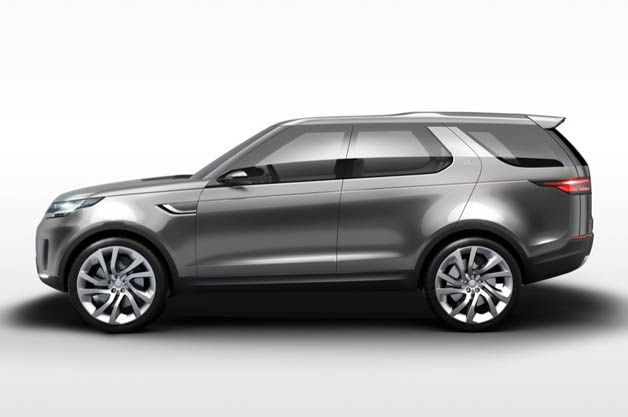

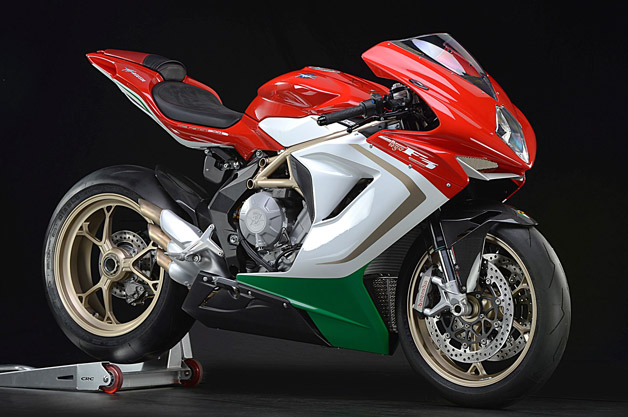

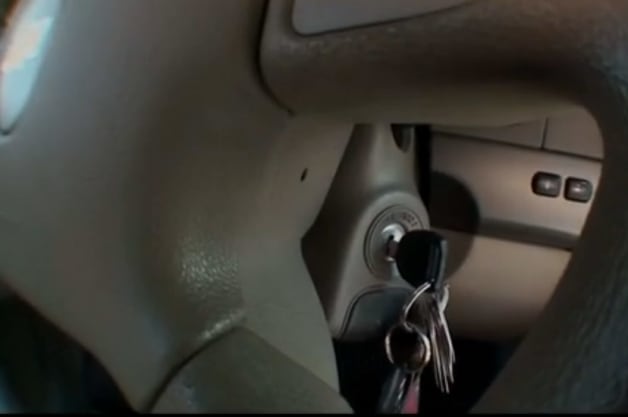

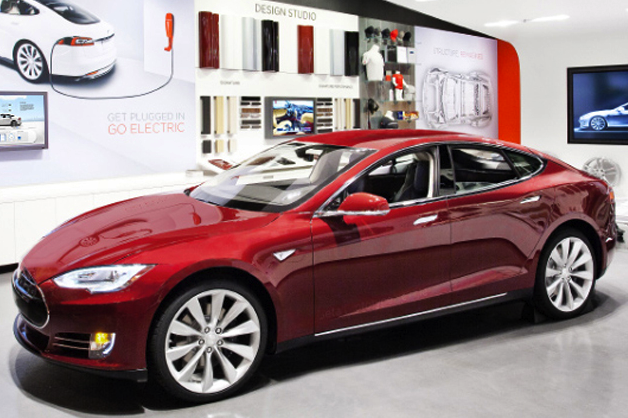


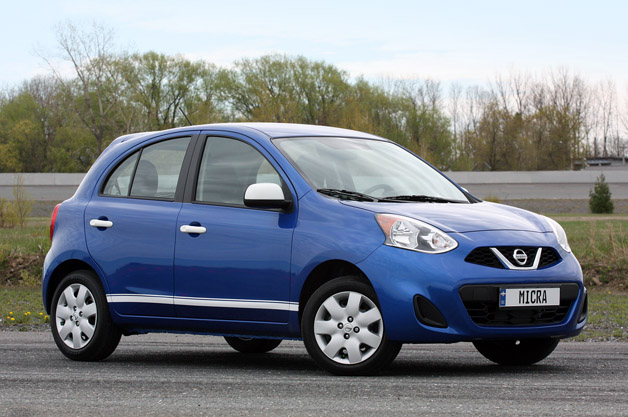
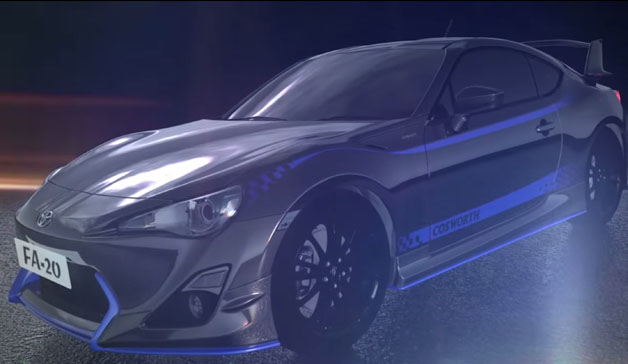

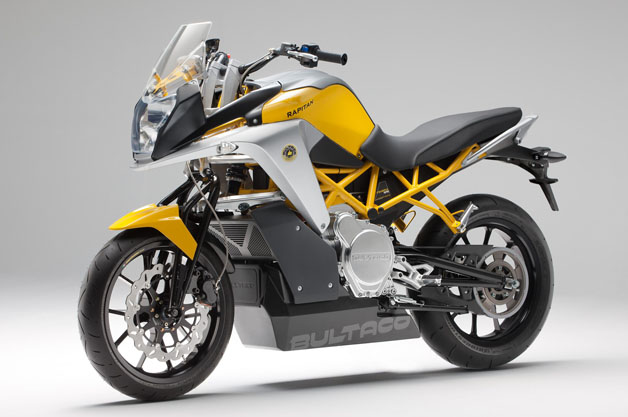

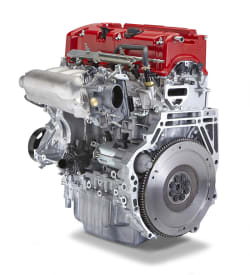
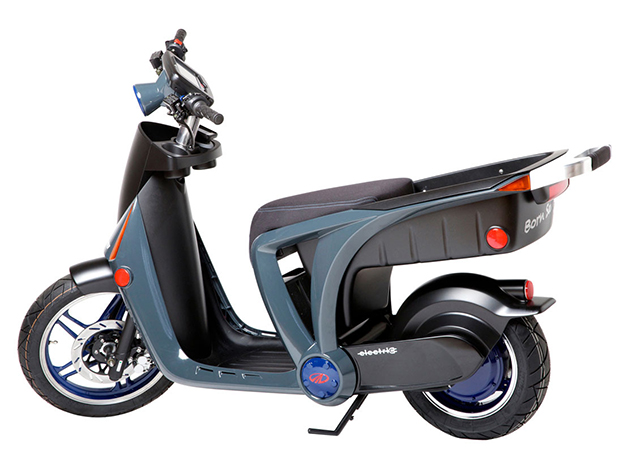













![[Video] Lamborghini Gallardo Turned Into Rally Car [Video] Lamborghini Gallardo Turned Into Rally Car](https://blogger.googleusercontent.com/img/b/R29vZ2xl/AVvXsEipZ5cTytXMPdzJdvJ1sJaONbNUAC2mP_yjU32joTXyQQr7H9h9w9j1rOKOoUcRTfsgspBFHi2P2FK_Kou88c5BnAtKqDoYIwB3J1FODu5FTYa0uvj7NXcuggxQY8heDRSI8Qy69Ts_eC3j/s400/lamborghini-gallardo-turned-into-rally-car-video-56392-7.jpg)


0 nhận xét:
Post a Comment